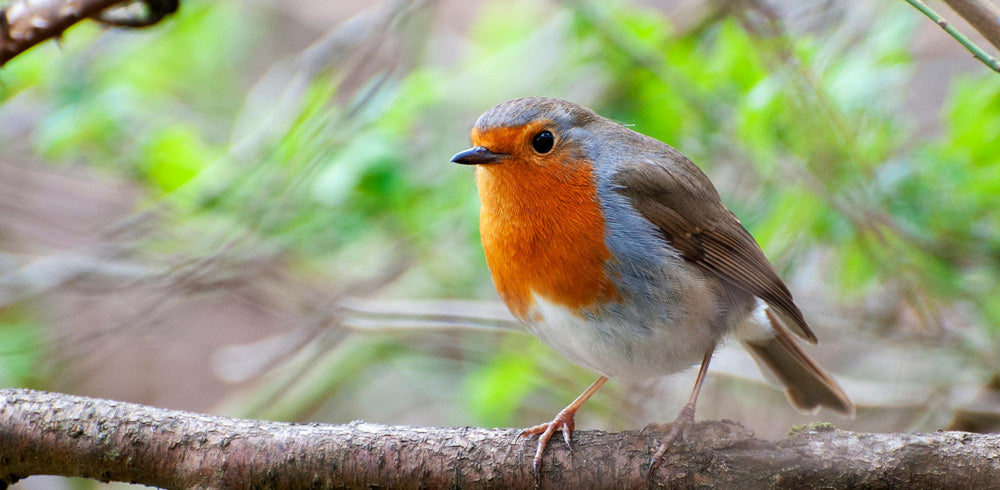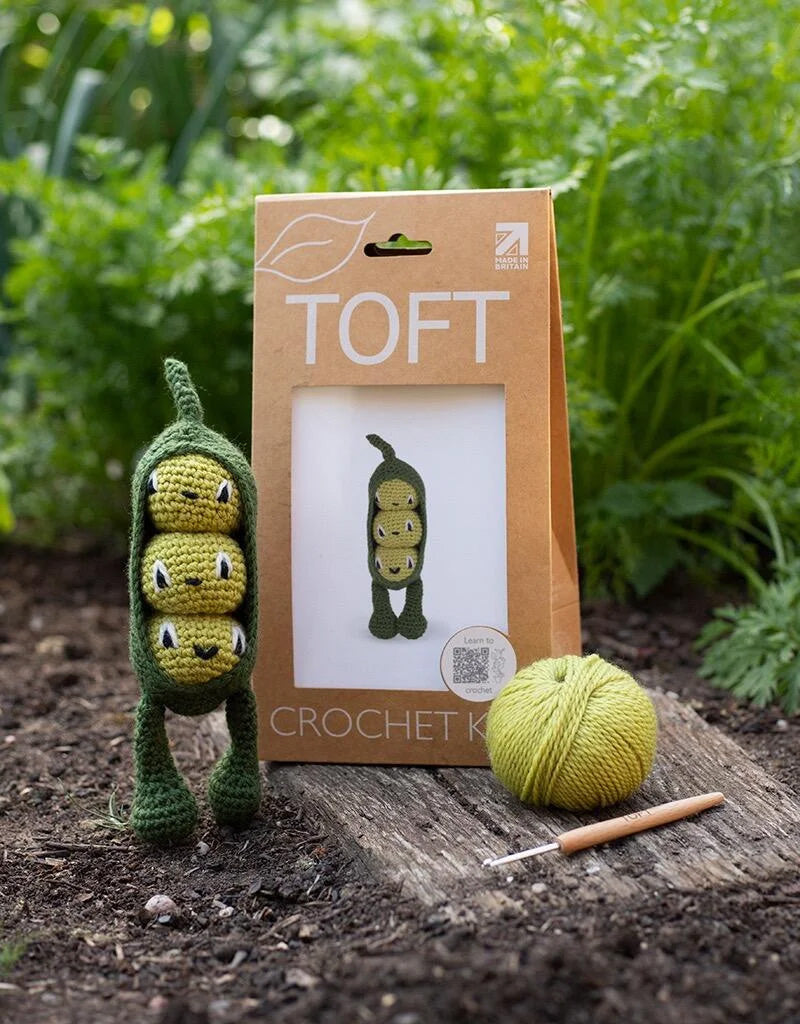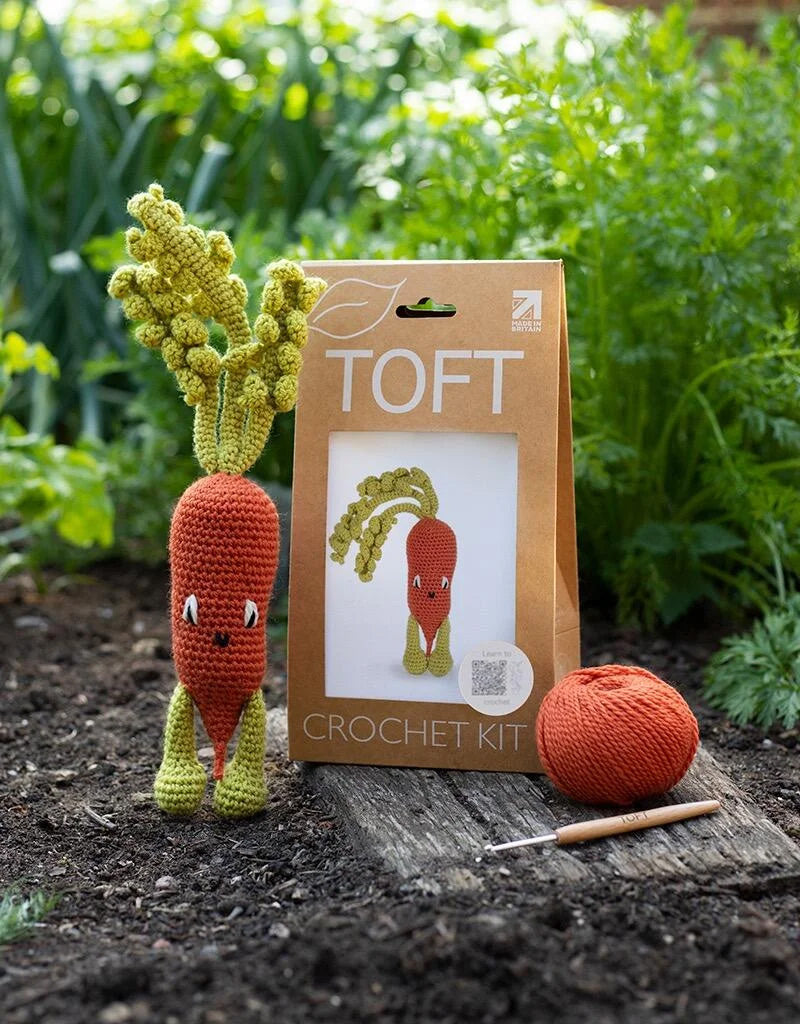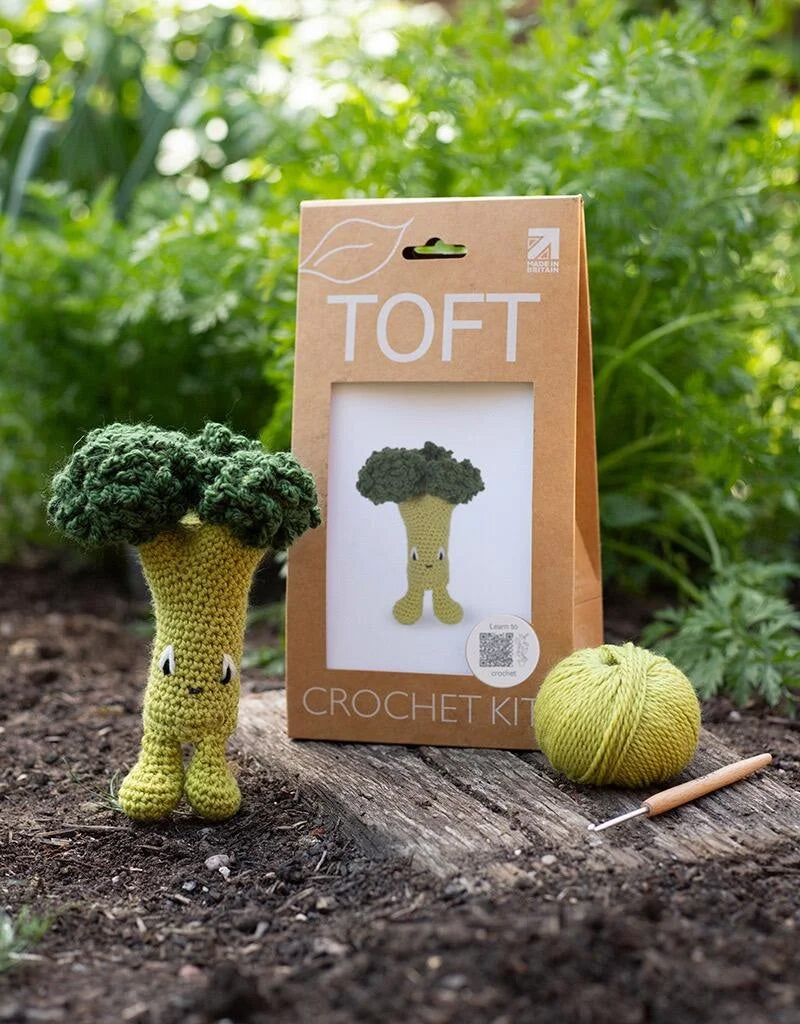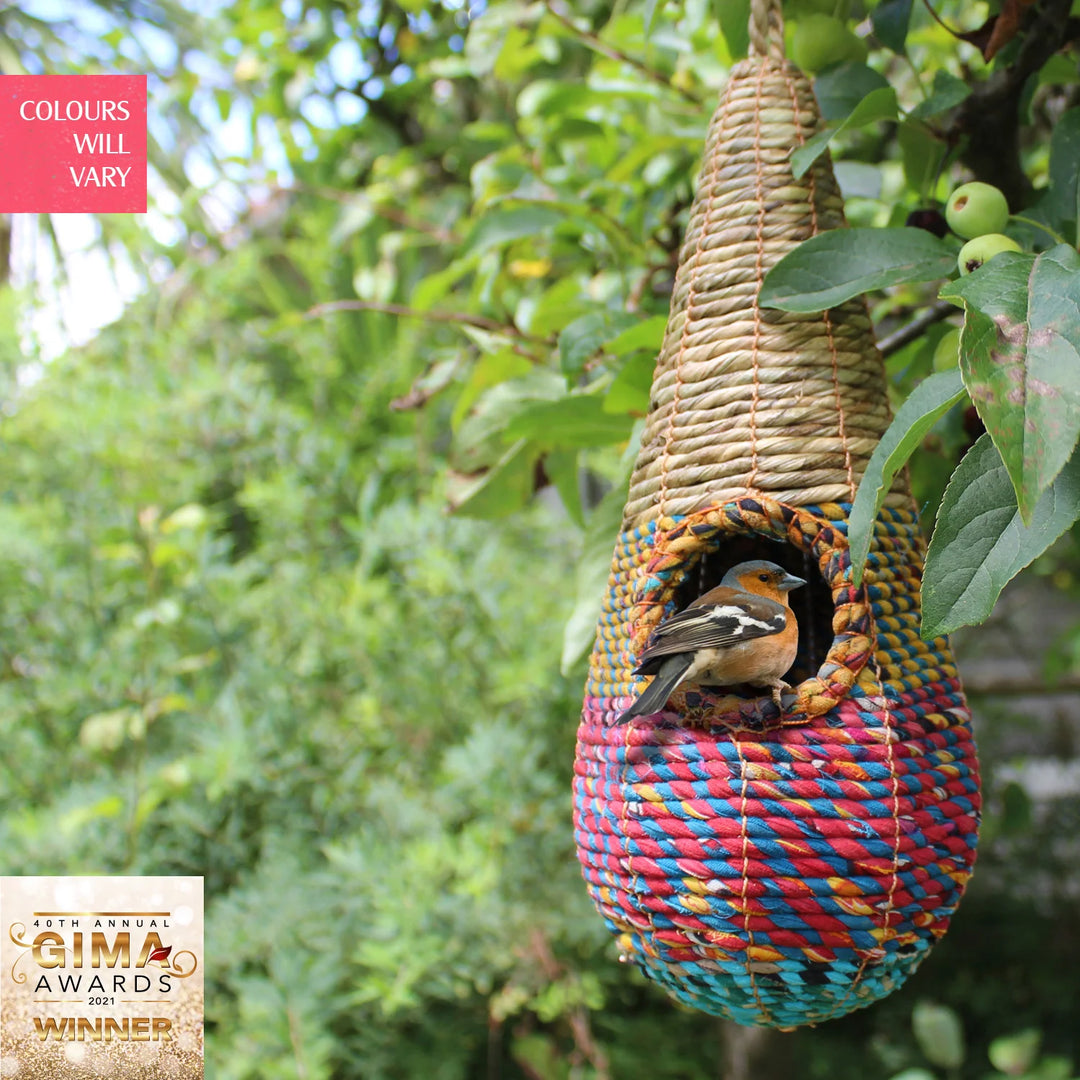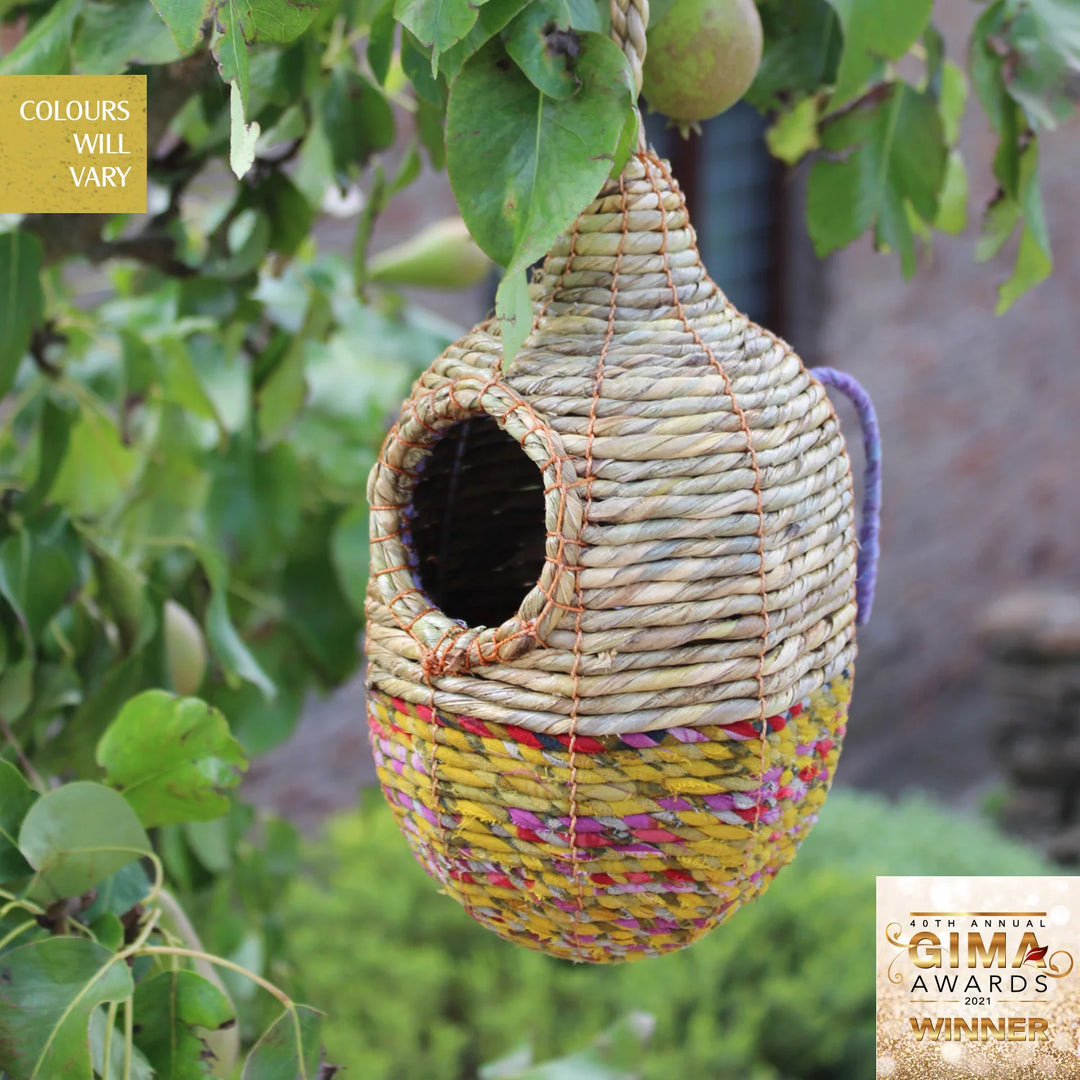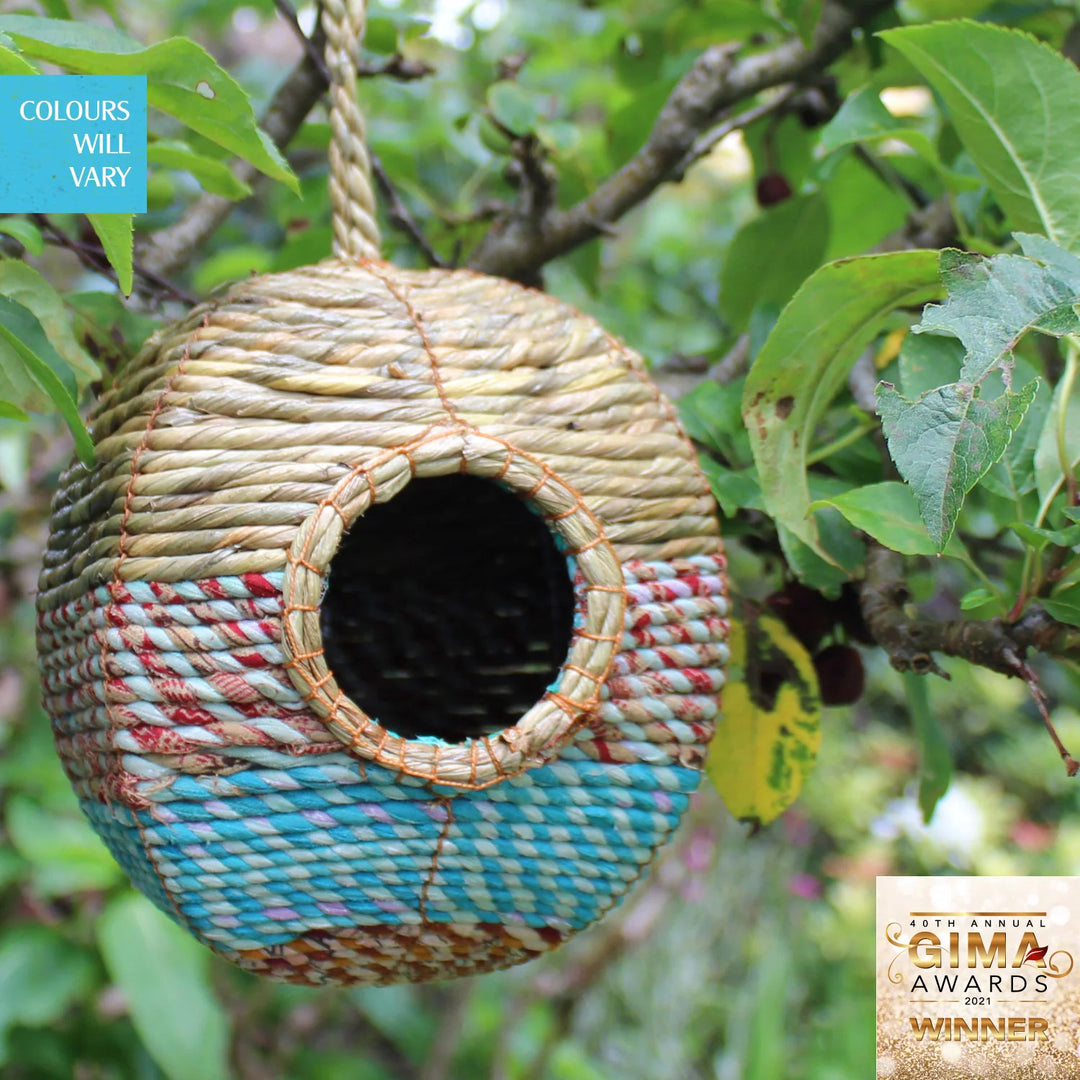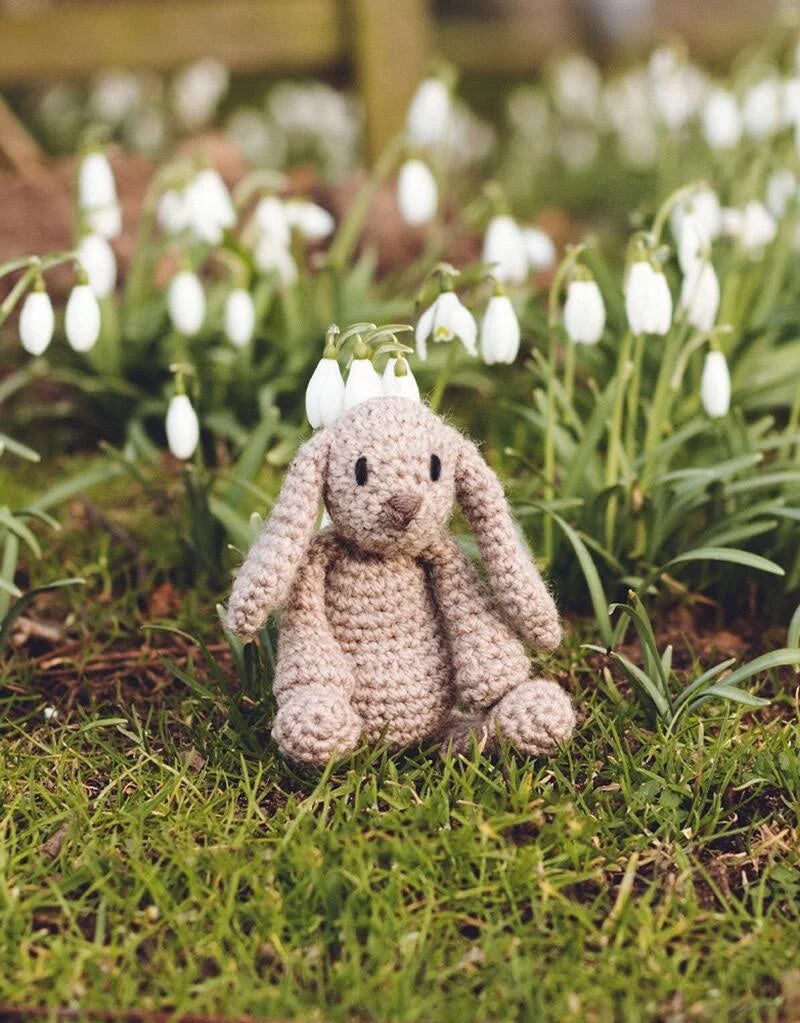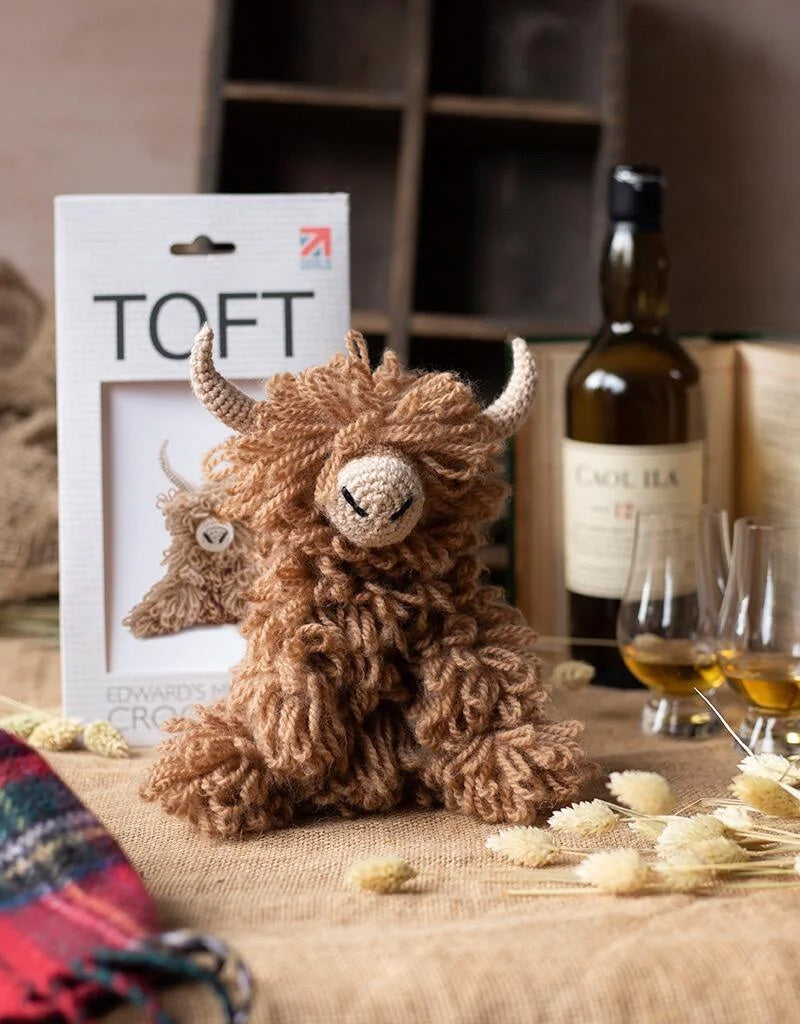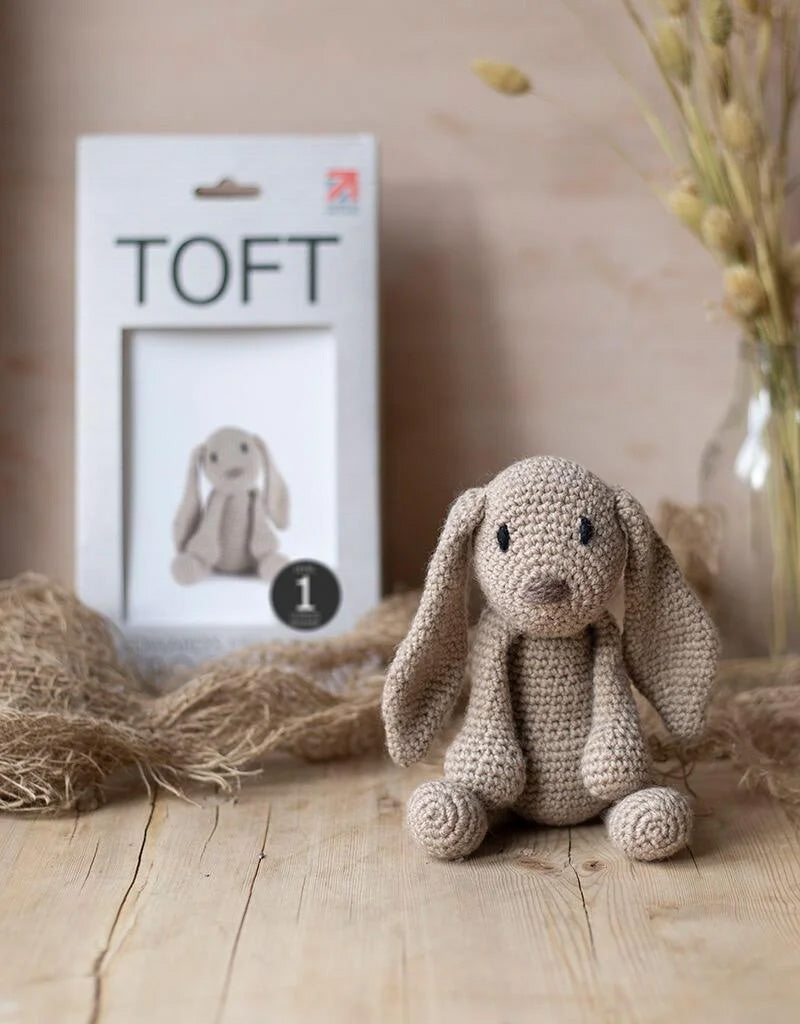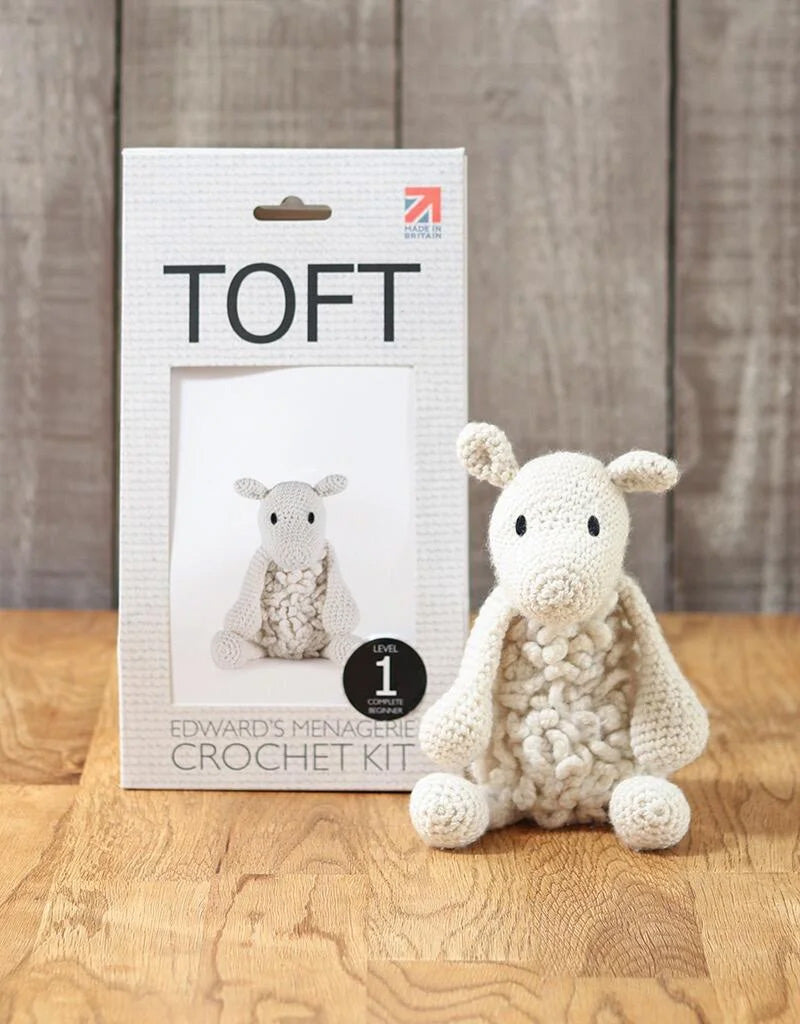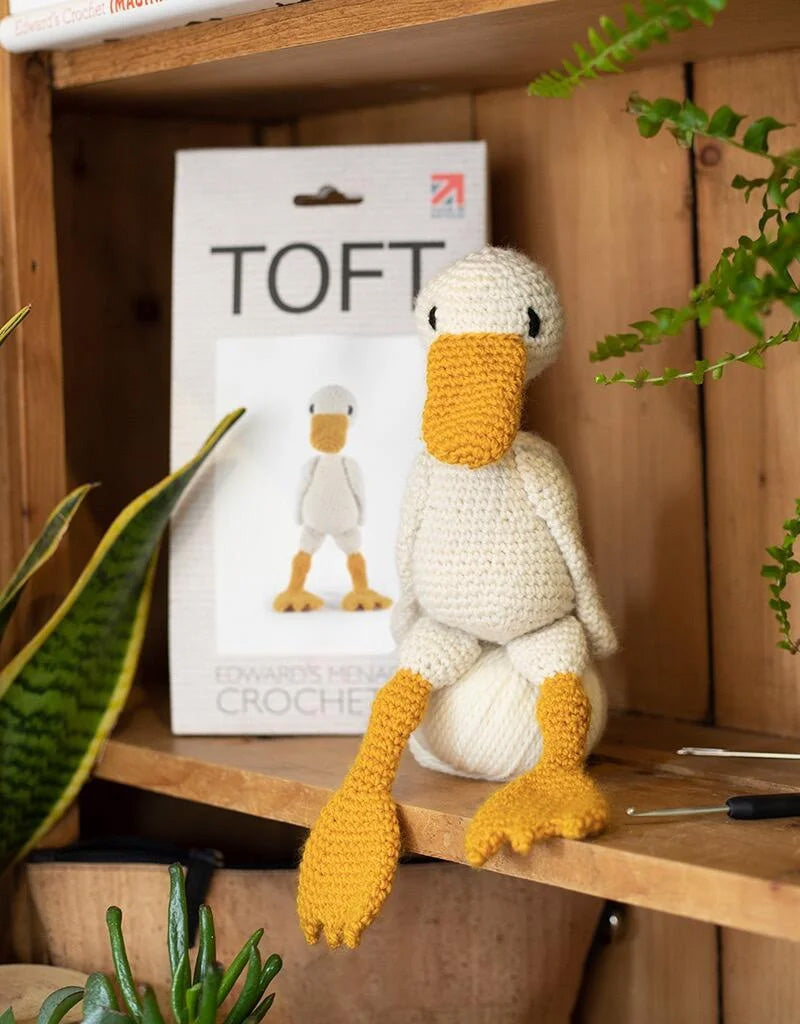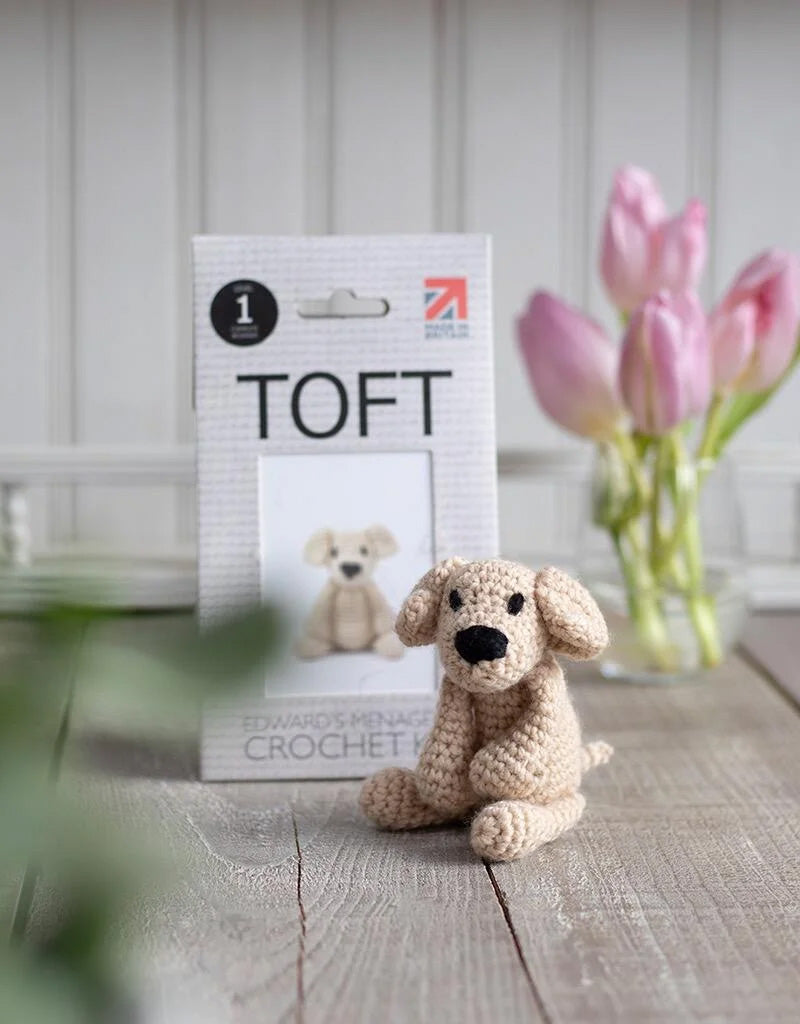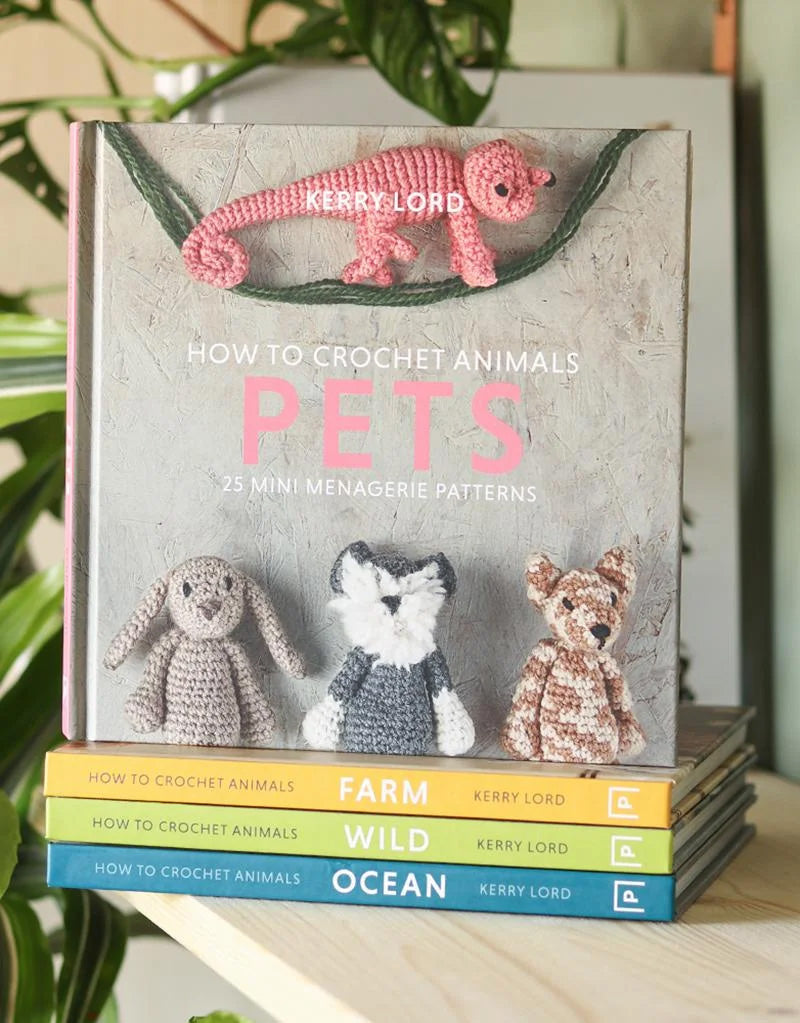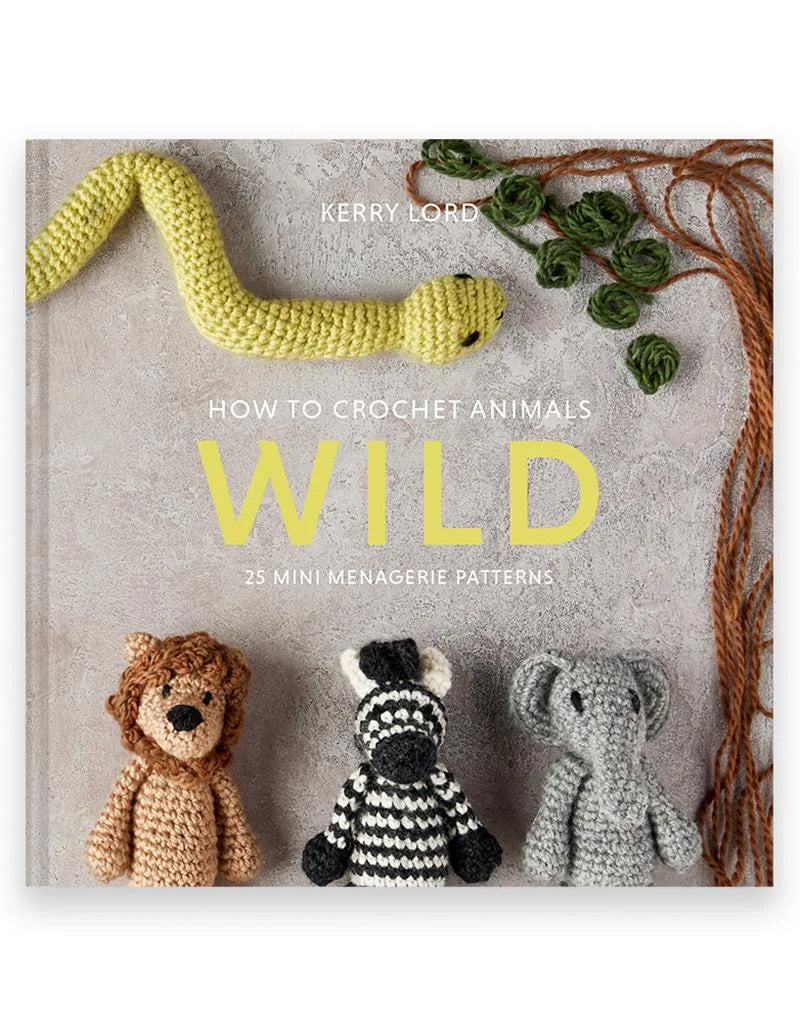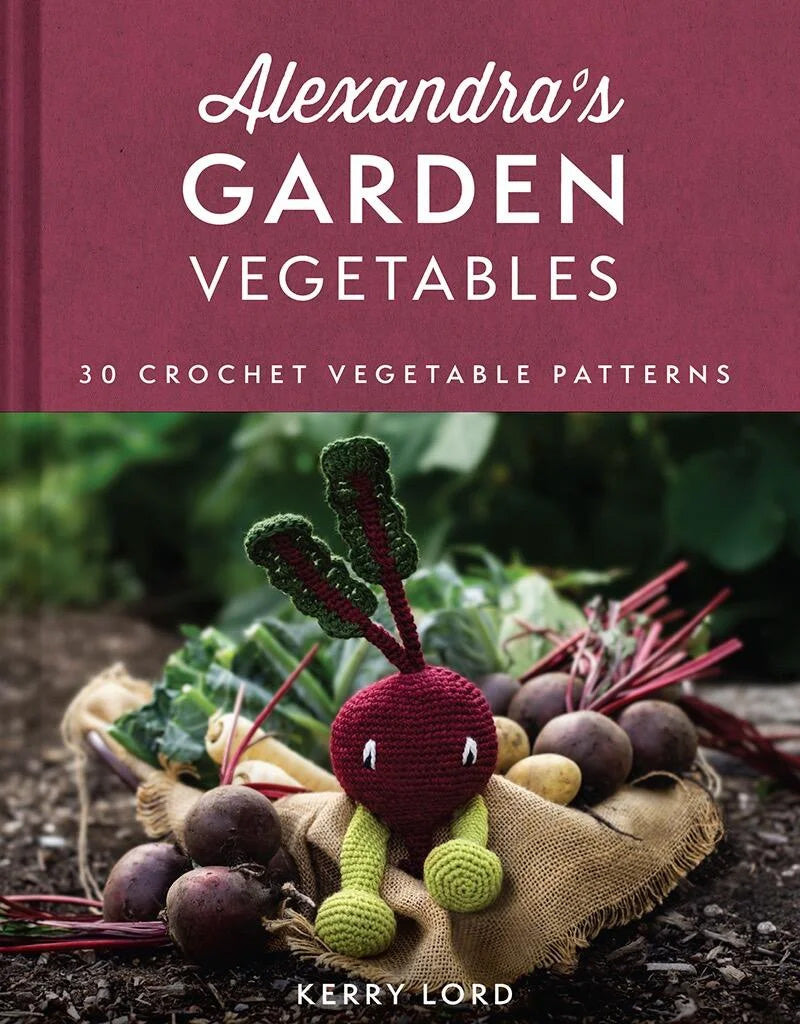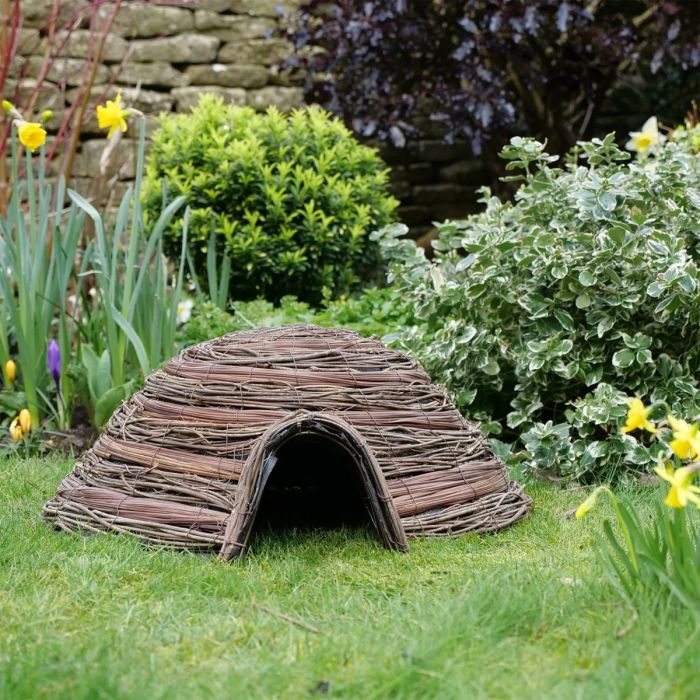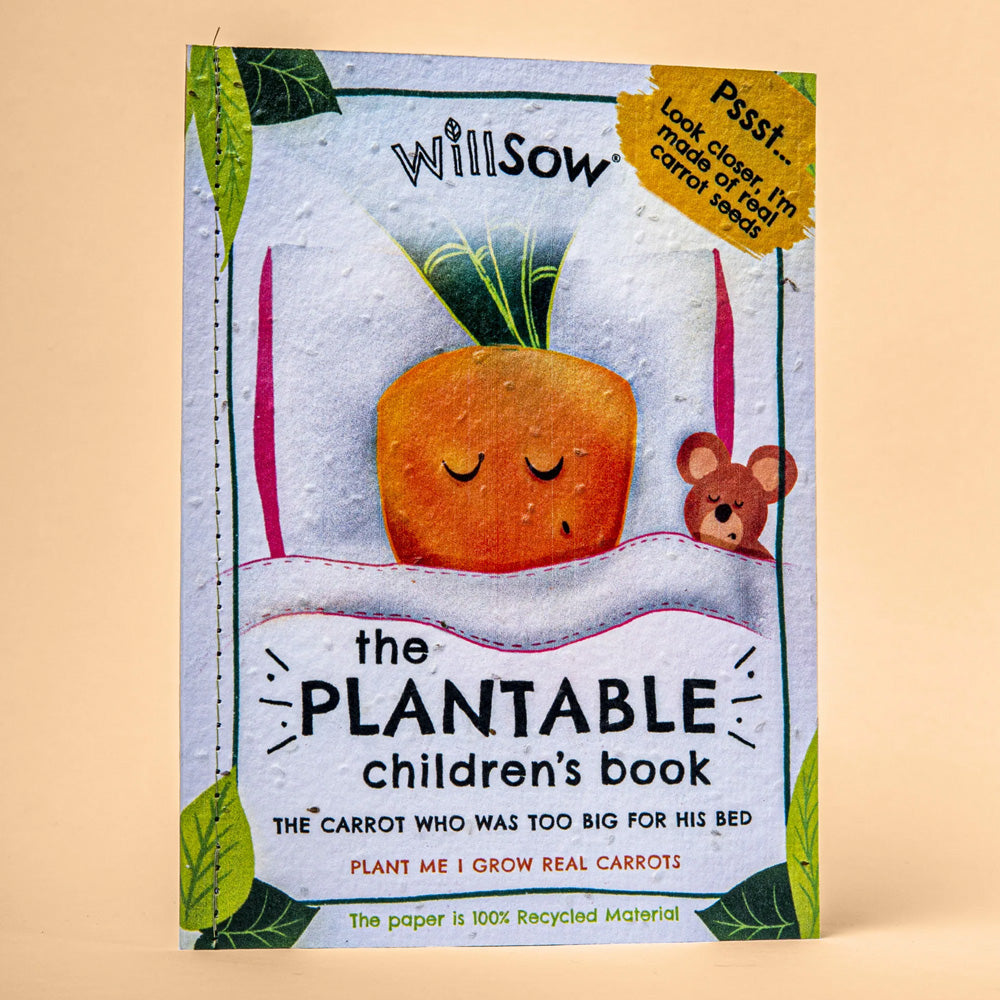Robin
The robin, known for its distinctive red breast, is a beloved bird species found throughout the United Kingdom. These small, plump birds are a common sight in gardens, parks, woodlands, and hedgerows, where they can be seen hopping along the ground or perched on a branch, singing their melodious song.
Robins are native to the UK and can be found in a variety of habitats, including forests, meadows, and marshes. They are particularly fond of areas with dense vegetation and plenty of insects to feed on. Despite their widespread distribution, robins are considered a wild species and are protected under UK law.
One of the biggest threats to robins in the UK is habitat loss. As urban areas continue to expand and agricultural practices change, the natural habitats of these birds are being destroyed. This has led to a decline in the robin population, making them an endangered species in some parts of the country.
Robins are known for their migratory habits, with many individuals traveling south for the winter and returning to the UK in the spring. During the breeding season, robins build their nests in hidden spots, such as in bushes, hedges, or even on window ledges. The female robin lays a clutch of eggs, which she incubates for around two weeks until they hatch.
The plumage of the robin is a striking combination of red, brown, and grey feathers. The bright red breast of the male is a key feature that sets this bird apart from others. In contrast, the female robin has a more muted colouration, with a paler red or orange breast.
The beak of the robin is thin and pointed, ideal for catching insects and worms, which make up the majority of their diet. Robins are opportunistic feeders and will also eat seeds, fruits, and berries when insects are scarce. They are known to be quite territorial and will defend their feeding areas from other birds.
During the breeding season, male robins will display their feathers in a courtship ritual to attract a mate. They puff up their chests, raise their wings, and sing loudly to establish their territory and signal their readiness to breed. Once a pair has formed, they will work together to build a nest and raise their young.
Robins are known for their sweet, melodious song, which can be heard throughout the year. Their cheerful chirping is a welcome sound in gardens and woodlands, adding to the natural beauty of the UK countryside. Despite their small size, robins are fierce defenders of their territory and will chase away larger birds that encroach on their space.
In conclusion, the robin is a beloved and iconic bird species in the UK, known for its vibrant plumage, sweet song, and friendly nature. While they face threats from habitat loss and other environmental pressures, efforts are being made to protect and conserve these beautiful birds for future generations to enjoy. By learning more about the habits and behaviours of robins, we can all play a part in ensuring their continued survival in the wild.
Robins are native to the UK and can be found in a variety of habitats, including forests, meadows, and marshes. They are particularly fond of areas with dense vegetation and plenty of insects to feed on. Despite their widespread distribution, robins are considered a wild species and are protected under UK law.
One of the biggest threats to robins in the UK is habitat loss. As urban areas continue to expand and agricultural practices change, the natural habitats of these birds are being destroyed. This has led to a decline in the robin population, making them an endangered species in some parts of the country.
Robins are known for their migratory habits, with many individuals traveling south for the winter and returning to the UK in the spring. During the breeding season, robins build their nests in hidden spots, such as in bushes, hedges, or even on window ledges. The female robin lays a clutch of eggs, which she incubates for around two weeks until they hatch.
The plumage of the robin is a striking combination of red, brown, and grey feathers. The bright red breast of the male is a key feature that sets this bird apart from others. In contrast, the female robin has a more muted colouration, with a paler red or orange breast.
The beak of the robin is thin and pointed, ideal for catching insects and worms, which make up the majority of their diet. Robins are opportunistic feeders and will also eat seeds, fruits, and berries when insects are scarce. They are known to be quite territorial and will defend their feeding areas from other birds.
During the breeding season, male robins will display their feathers in a courtship ritual to attract a mate. They puff up their chests, raise their wings, and sing loudly to establish their territory and signal their readiness to breed. Once a pair has formed, they will work together to build a nest and raise their young.
Robins are known for their sweet, melodious song, which can be heard throughout the year. Their cheerful chirping is a welcome sound in gardens and woodlands, adding to the natural beauty of the UK countryside. Despite their small size, robins are fierce defenders of their territory and will chase away larger birds that encroach on their space.
In conclusion, the robin is a beloved and iconic bird species in the UK, known for its vibrant plumage, sweet song, and friendly nature. While they face threats from habitat loss and other environmental pressures, efforts are being made to protect and conserve these beautiful birds for future generations to enjoy. By learning more about the habits and behaviours of robins, we can all play a part in ensuring their continued survival in the wild.


